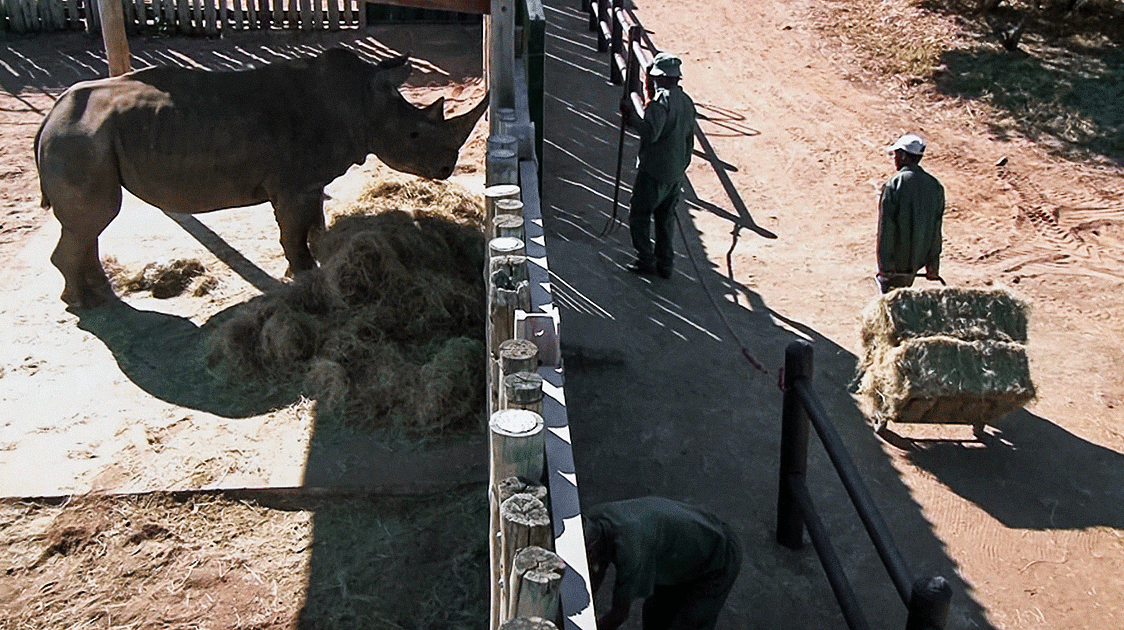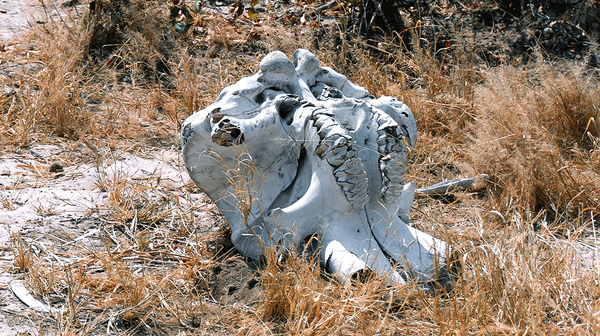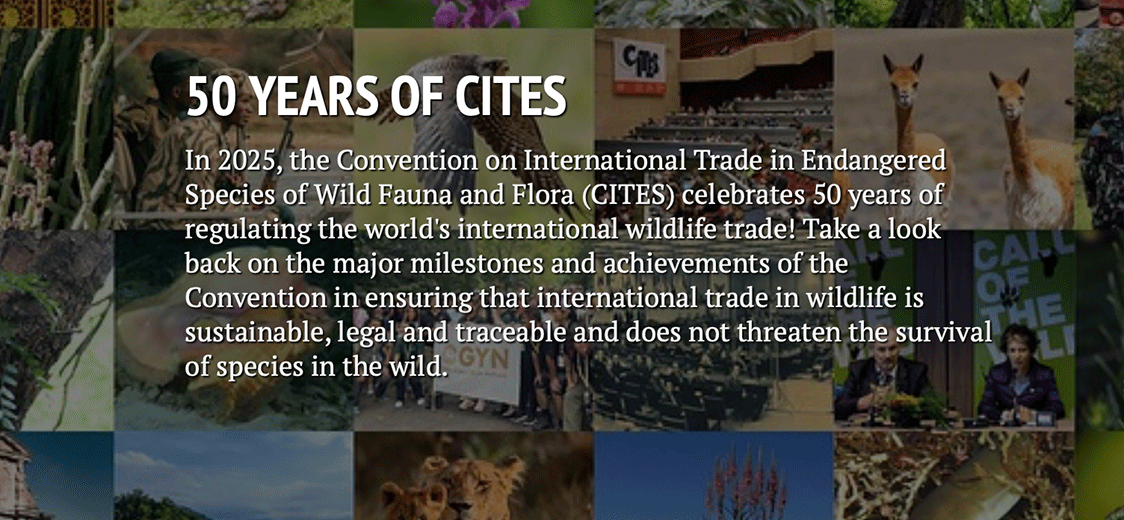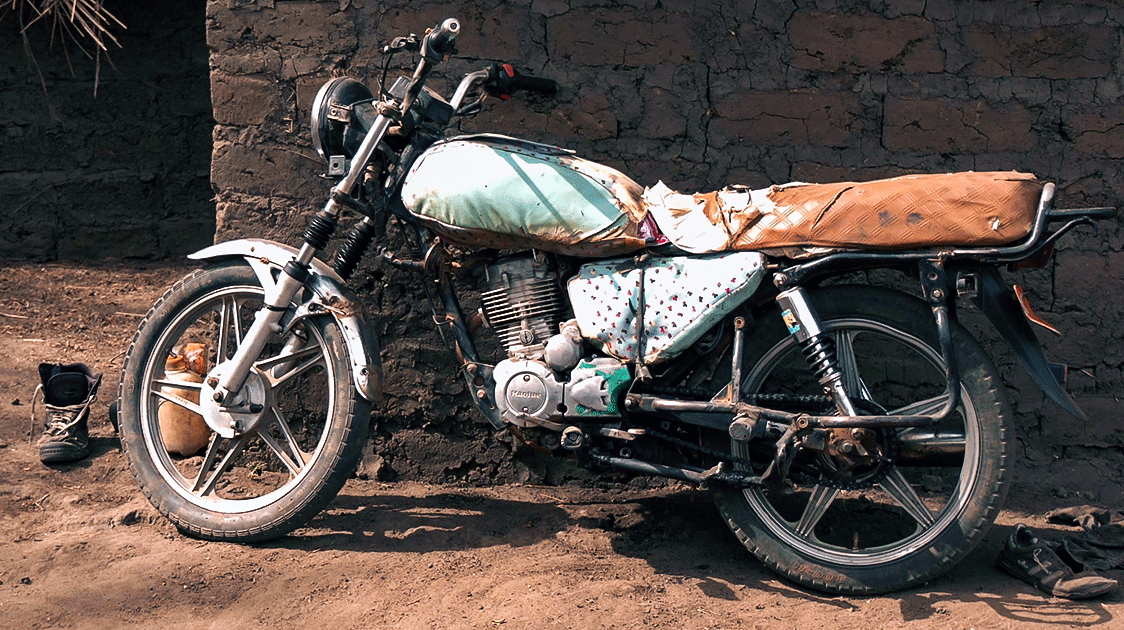Do Trade Bans Protect Wildlife? (4-minute Video)

By the 1950s, Nile crocodiles in Zimbabwe were nearly extinct. Commercial hunters had killed most of them for their valuable skins. The crocodiles were easy targets because they lived in predictable locations, hunters could spot them easily at night with spotlights, and each kill was worth a lot of money.
Instead of banning all crocodile hunting, wildlife authorities did something unexpected: they allowed people to start commercial crocodile farms.
Why did this work? Three reasons:
- Undercut the black market: Legal farms could supply skins, reducing demand for poached ones.
- Breeding insurance: Farms could breed crocodiles to restock wild areas later.
- Economic incentive: When crocodiles had legal value, local people had reasons to protect rather than kill them.
The Results
This approach had to be profitable but also sustainable, not depleting wild populations faster than they could recover.
Giving the endangered crocodiles economic value worked better than simply trying to protect them through bans.
Today, illegal crocodile trade is rare and wild populations are growing. Even Kenya, which traditionally favored strict protection over commercial use, now allows crocodile farming.
The Rhino Comparison
Now, consider the fate of the rhino: International trade in rhino horns was banned in 1977. South Africa banned domestic trade in 2008. After this, rhino poaching exploded.
The Question
Is there a connection between these conservation approaches and their outcomes?




